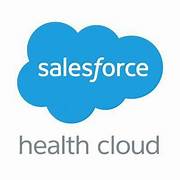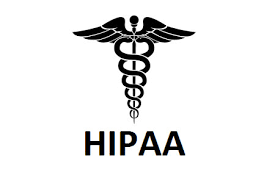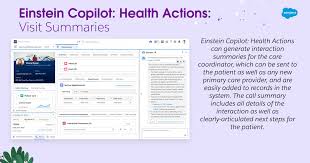Aligning Payers and Providers for True Patient-Centered Care
Patient-centered care is an approach to healthcare that prioritizes the patient’s needs, values, and preferences. It involves treating patients with respect, dignity, and compassion, and ensuring that they are actively involved in their own healthcare decisions. Key Principles of Patient-Centered Care: Benefits of Patient-Centered Care: Improved patient satisfaction and adherence to treatment plans, Enhanced health outcomes, Reduced healthcare costs, and Stronger patient-provider relationships. Examples of Patient-Centered Care: Patient-centered care is a holistic approach to healthcare that focuses on the patient as an individual. By empowering patients and respecting their needs, it aims to improve their health and overall well-being. The Shared Vision vs. Systemic Barriers All healthcare stakeholders agree on one fundamental principle: care should revolve around patients’ needs and preferences. Yet despite this shared goal, competing priorities between payers and providers often create friction that undermines patient-centered care delivery. Theresa Dreyer of the Health Care Transformation Task Force observes: “Payers and providers both want patients to receive accessible, appropriate care. But the current system’s structure frequently puts these groups at odds.” Defining Patient-Centered Care At its core, patient-centered care means: “Imagine the care you’d want for your own family members,” Dreyer suggests. “That’s the standard we should apply across healthcare.” The Fee-for-Service Roadblock The dominant fee-for-service (FFS) model creates inherent conflicts: “FFS turns cost containment into a zero-sum negotiation,” Dreyer explains. “Value-based models offer a collaborative alternative.” Value-Based Care as the Unifying Framework 1. Quality-Focused Contracting 2. Streamlined Prior Authorization 3. Holistic Care Integration The Preventive Care Imperative The long-term nature of prevention creates systemic challenges: “Diabetes management today prevents kidney failure tomorrow,” Dreyer notes. “We need payment models that reward this foresight.” Building Collaborative Solutions For Payers: For Providers: Joint Opportunities: The Path Forward The healthcare industry stands at an inflection point. By embracing value-based models that: Payers and providers can transform their relationship from adversarial to collaborative—with patients as the ultimate beneficiaries. As Dreyer concludes: “Beyond the contracting details and quality metrics, we must remember our shared purpose: helping people achieve and maintain health. When we center that mission, the rest follows.” Like Related Posts Salesforce OEM AppExchange Expanding its reach beyond CRM, Salesforce.com has launched a new service called AppExchange OEM Edition, aimed at non-CRM service providers. Read more The Salesforce Story In Marc Benioff’s own words How did salesforce.com grow from a start up in a rented apartment into the world’s Read more Salesforce Jigsaw Salesforce.com, a prominent figure in cloud computing, has finalized a deal to acquire Jigsaw, a wiki-style business contact database, for Read more Service Cloud with AI-Driven Intelligence Salesforce Enhances Service Cloud with AI-Driven Intelligence Engine Data science and analytics are rapidly becoming standard features in enterprise applications, Read more

















